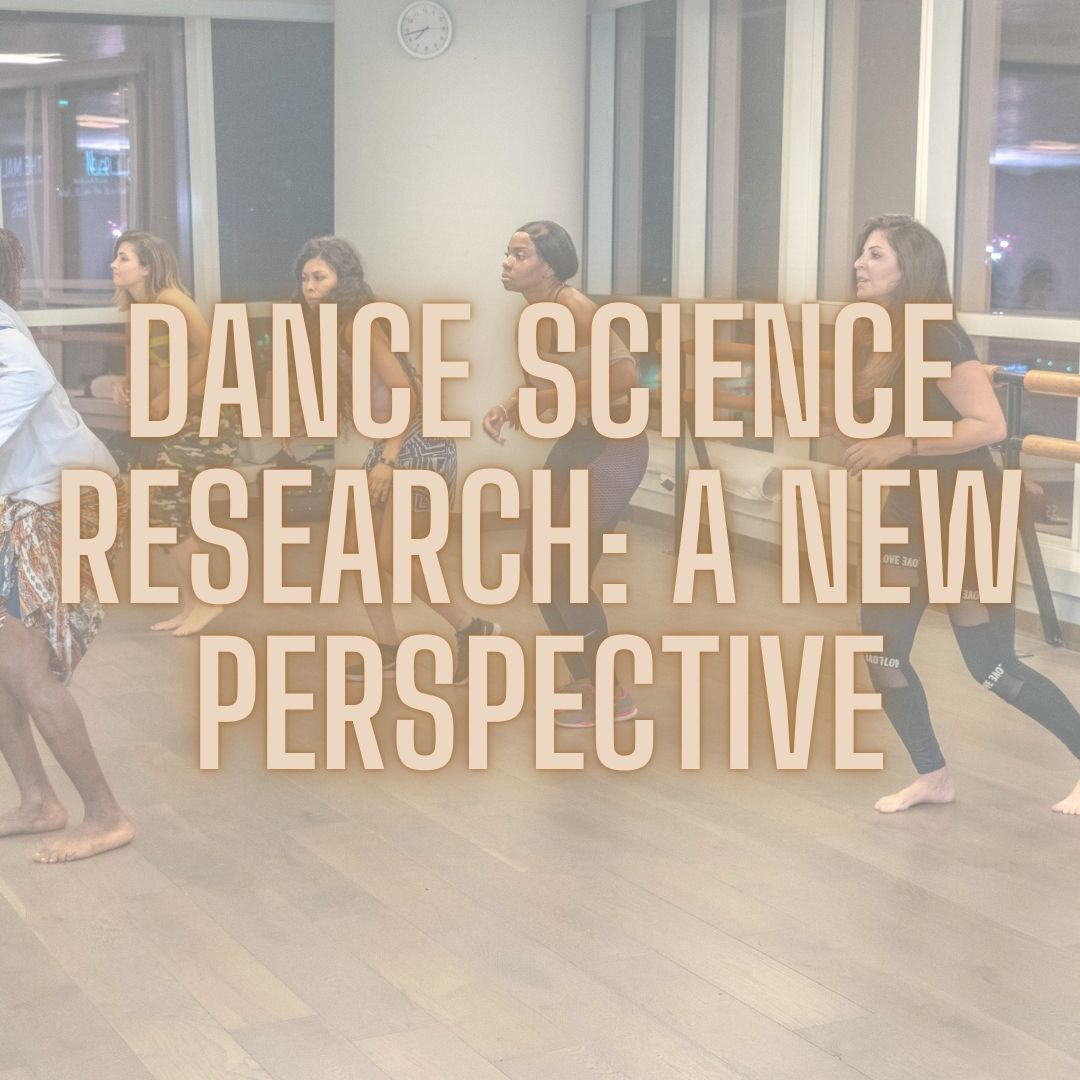Senior Lecturer in Dance and Course Coordinator for the MSc in Dance Science at the University of Bedfordshire, Imogen Aujla PhD, explains how a relatively new area of dance science research can help to support the continued development and diversity of community dance.
Dance teachers and practitioners are well aware of the benefits that dance can offer. However, research is only just beginning to validate and provide evidence for this intuitive and observed knowledge. Dance science is an area of research and practice that aims to enhance the training, performance and wellbeing of dancers using scientific methods. The disciplines of psychology, biomechanics and physiology are frequently drawn upon in dance science studies to better understand topics like nutrition, injury and performance anxiety. Initially, the majority of dance science research focused on elite professional dancers or dancers in vocational training. Researchers investigated how to enhance performance, prevent injury and develop talent. However, more recently dance scientists have begun to turn their attention to recreational dance activity and public health. Studies have started to look at the positive impacts that leisure-time and community dance involvement can have across a range of populations and topics. The aim of this article is to outline some of the developments in this area by summarising research evidence, which falls into three categories: dance and young people; dance and disability; and dance and older people.
Dance and young people
Several studies have reported decreasing levels of physical activity among young people in Western societies, and adolescence has been identified as a key period for dropping out of physical activity altogether. This is problematic given that physical inactivity in childhood and adolescence tends to track into adulthood, indicating that a whole generation could be at risk of health problems related to physical inactivity. Furthermore, girls are twice as likely as boys to be inactive. In the face of these worrying statistics, Western governments have prioritised increasing levels of physical activity and documenting its benefits.
Dance has been suggested as one of the ways to increase physical activity levels among young people. A number of studies have investigated the health impacts of dance among school-aged young people with encouraging results. Specifically, research indicates that weekly creative and contemporary dance classes can significantly enhance aerobic fitness, lung capacity, flexibility and upper body strength. It also appears that such classes can improve self-esteem, social relationships and feelings of competence. Similarly, ballroom dance appears to develop self-esteem, self-confidence and social skills among primary and secondary school children. Dance seems to improve relationships between male and female students of all ages due to the teamwork that is required to perform successfully. Furthermore, there is evidence that participation in school-based dance interventions can result in healthy lifestyle changes outside of school.
The largest increases in many of the physical and psychological factors were seen among girls, suggesting that while dance may be an excellent way to increase girls’ physical activity levels, the way that it is targeted and delivered may need to be different for boys. While boys’ projects have long been a successful element of community dance, further work appears necessary to design lessons that engage and challenge boys and girls equally when dance is delivered during school time in mixed-sex classes. Creative dance may be well placed to help address this issue by reducing feelings of pressure or expectation among boys.
Dance and disabled people
Physical activity levels among disabled people are lower than the general population, which can exacerbate existing disabilities and put them at risk of secondary health-related problems such as obesity, osteoporosis, diabetes and decreased cardiovascular health. Some disabled people also report having smaller social networks and fewer friends than non-disabled people, which can lead to depression. Unfortunately, there are a number of barriers to dance for disabled people, including attitudinal, logistic and aesthetic barriers.(6) However, the limited research that has been conducted in the area suggests that a number of health and wellbeing benefits can be gained from dance activity.
Firstly, dance can enhance feelings of empowerment, self-esteem, competence, self-expression and creative ability among disabled populations. Disabled dance participants have also reported improvements in social networks as a result of dance activity. Meanwhile, it appears that dance can significantly improve the flexibility of disabled participants, which may have a positive impact on daily functioning and mobility for those with physical disabilities. While much more research needs to be conducted into the physical and psychological impacts dance can have for this population, it appears that existing research is already being used to promote and increase the availability of dance for disabled people. For example, informed by research, Stopgap Dance Company is piloting a new syllabus with a developmental pathway for disabled dancers that follows four levels with set exercises and assessments. Not only will this create a talent development pathway to nurture the next generation of disabled dancers, the systematic nature of the scheme will also encourage young people to engage with dance in the long-term and consequently improve their health and wellbeing.
Dance and older people
There are increasingly ageing populations in Western societies and with this comes age-related problems including osteoporosis, decreased mobility and physical functioning as well as specific illnesses such as dementia. Psychological problems like depression, isolation and loneliness also affect this population. Dance appears to be an ideal physical activity for older people, as it combines cardiovascular exercise with strength, balance and flexibility. Participants may also prefer dancing over other physical activities because they may enjoy moving to music and the social aspect of partner or creative dance.
A number of studies have reported that forms of social dance (eg. ballroom, tango) and traditional forms (eg. Turkish, Greek, Irish) can improve aerobic fitness, blood pressure, strength, flexibility, balance, postural stability and reaction times. Improvements in balance and stability are particularly important for this population given the increased risk of falls. Several psychological benefits have also been documented: older dancers report decreases in anxiety and depression and increases in self-confidence, quality of life, sleep quality and social inclusion. The ability to socialise is a critical element of dance engagement for older people as they may be isolated, particularly when they have limited mobility.
Furthermore, research has begun to investigate how dancing can improve the quality of life for those living with age-related conditions such as dementia and Parkinson’s. Studies have shown improvements in verbal and learning abilities among people with dementia. For people with Parkinson’s, tango dance has been found to improve functional mobility, balance, endurance, gait and quality of life. Research commissioned by English National Ballet on its Dance for Parkinson’s programme found that participating in dance as seen in English National Ballet’s unique repertoire model can improve body awareness, balance, movement confidence, psychological wellbeing and social inclusion. With more funding and resources being directed toward this population, it can be assumed that even more benefits of dance participation will be found in future studies.
Conclusion
A growing body of research indicates that dance can have a significant and positive effect on the health and wellbeing of recreational participants, be they school-aged children, disabled people or older people. Although more research needs to be conducted, these encouraging results provide practitioners with some evidence they may need to advocate for further dance provision among different populations. Dance science research is helping to validate the physical and psychological impacts of recreational dance, which can only help to support the continued development and diversity of community dance.


